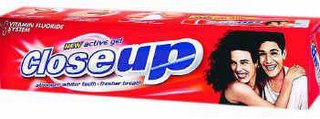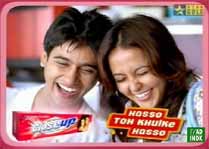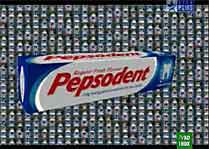Today's Business Standard has an interesting report on Colgate which despite facing tough competition from major brands was able to hold on to the market share. Infact the brand was able to improve upon the market share. ( read the report)
 According to the report, the Indian toothpaste market is around Rs 5000 crore and Colgate has around 57% volume share. Even in the Rs 2000 crore toothbrush market, Colgate commands over 42% share. This is despite the fact that there is an increased competition in the market and the competitors are the likes of HUL, P&G etc.
According to the report, the Indian toothpaste market is around Rs 5000 crore and Colgate has around 57% volume share. Even in the Rs 2000 crore toothbrush market, Colgate commands over 42% share. This is despite the fact that there is an increased competition in the market and the competitors are the likes of HUL, P&G etc.
Some of the lessons of marketing is outlined in this report.
 According to the report, the Indian toothpaste market is around Rs 5000 crore and Colgate has around 57% volume share. Even in the Rs 2000 crore toothbrush market, Colgate commands over 42% share. This is despite the fact that there is an increased competition in the market and the competitors are the likes of HUL, P&G etc.
According to the report, the Indian toothpaste market is around Rs 5000 crore and Colgate has around 57% volume share. Even in the Rs 2000 crore toothbrush market, Colgate commands over 42% share. This is despite the fact that there is an increased competition in the market and the competitors are the likes of HUL, P&G etc.Some of the lessons of marketing is outlined in this report.
- Consumer Awareness
- Innovation in plugging product gaps
- Rural penetration through distribution augmentation
I feel that the brand's consistency in communicating and its aggressive media communication has helped the brand in good stead . The brand was quick to respond to competition although in the case of Sensodyne, the brand was outsmarted.The launch of Active Salt , Visible White also helped the brand to keep itself in the top of the mind of consumer.





























